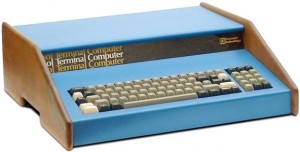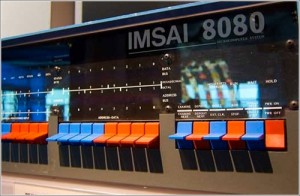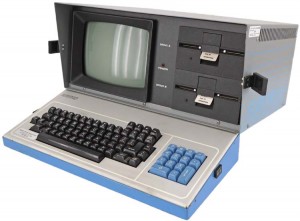Listen along as David Greelish and Jeff Salzman discuss the history of the IMSAI 8080 and Processor Technology Sol computers.
The IMSAI 8080 is a Tier One computer presented as the first Altair clone computer. As such, it was chosen to be the first computer we choose in a follow up podcast after the Altair.
The Sol was a Tier One computer chosen due to its early design as an all-in-one computer (minus monitor) and having a built-in keyboard. It is also an S-100 system.
Continue reading “Podcast Episode 3: IMSAI 8080 and Processor Technology Sol”



